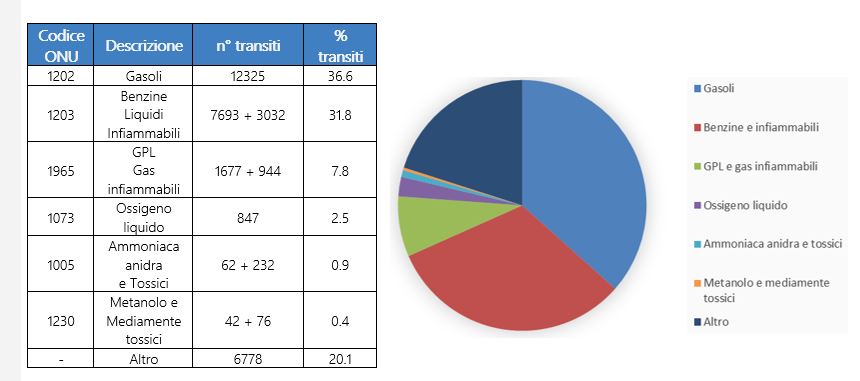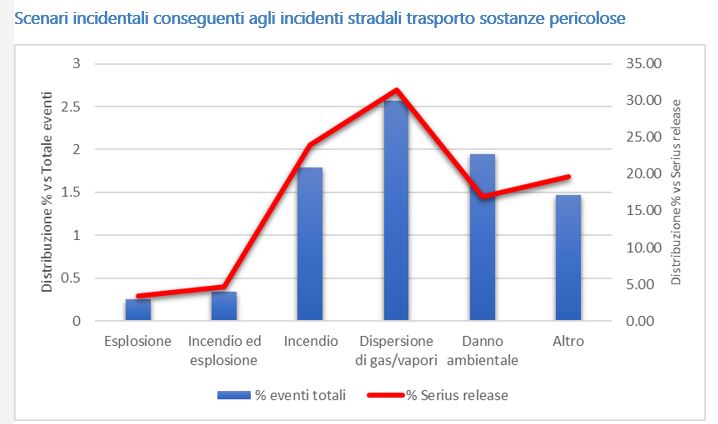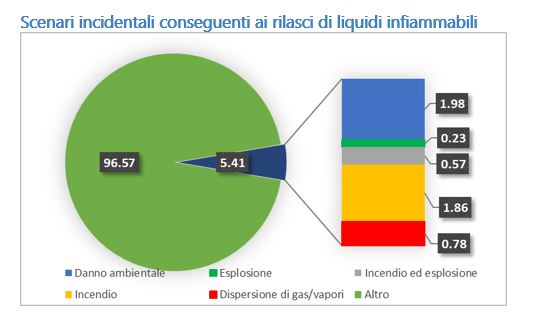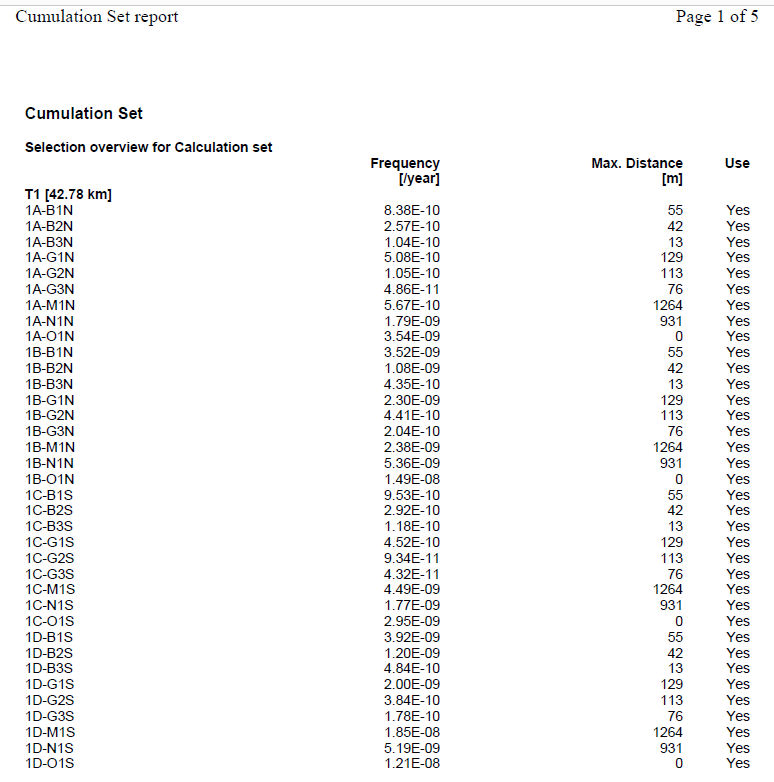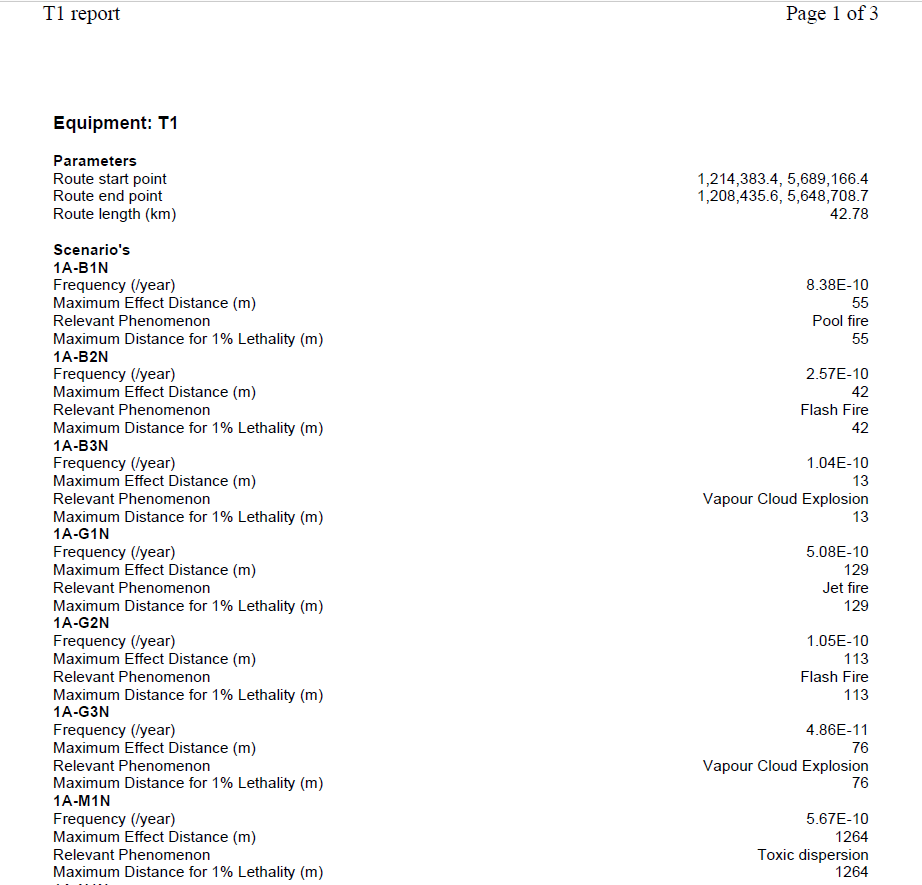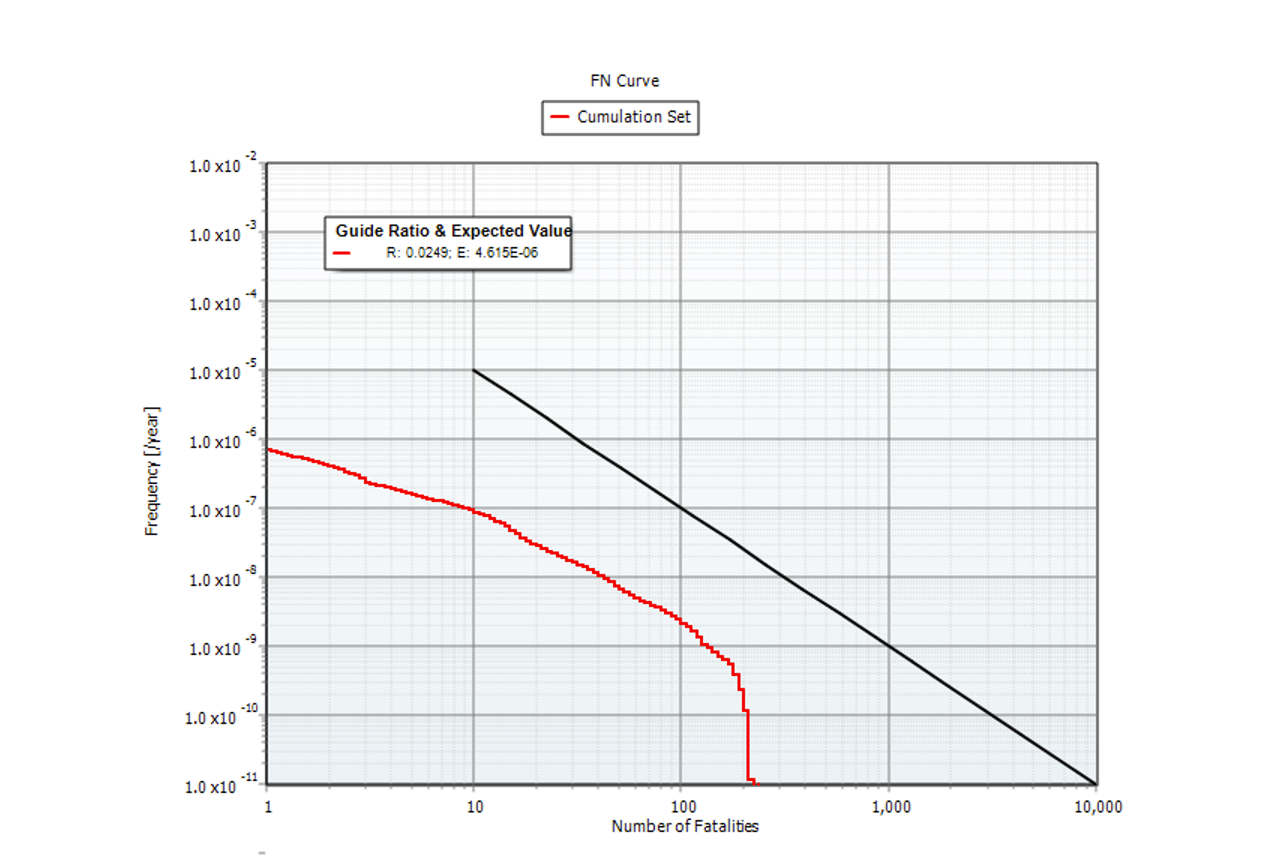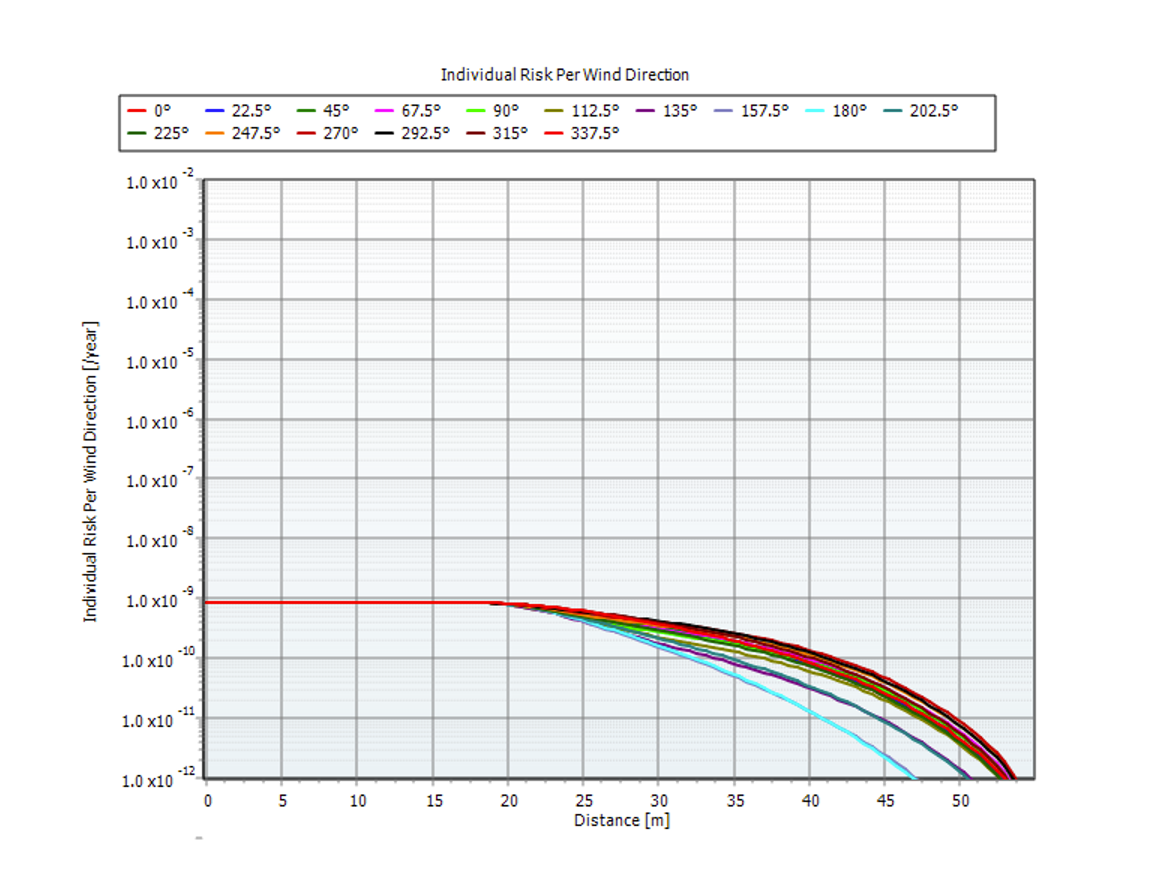In recent years, the methodology of quantified risk analysis (born in the nuclear sector; subsequently, starting from the 1970s, it was also extended to the process industry sector [CCPS, 1989]) has been extended to transport of dangerous goods, and in this context it is called TRA – Transportation Risk Analysis [CCPS, 1994]
The transport of goods always involves the risk of accidents, and if the transported goods are dangerous, it is also necessary to consider the possibility of loss or spillage of material, which can give rise to accidental scenarios, such as fires, explosions or toxic clouds, with consequent damage to human health, the environment and material assets.
The application of the quantified risk analysis methodology appears particularly necessary with regard to the road transport of dangerous goods, as the most widespread mode of transport of dangerous goods: according to data from the European Commission [CCE, 2006], in fact, about 60% of the total volume of dangerous goods transported in Europe travels by road. In particular, in Italy road haulage monopolizes the transport of dangerous goods: from the data of the 2002 National Transport Account [Ministry of Infrastructures and Transport, 2003] concerning the transport of dangerous goods within national borders, in fact, it emerges that more than 90% of the total volume of dangerous goods is transported by road.
Model used: Riskcurves (DNV Technica)


